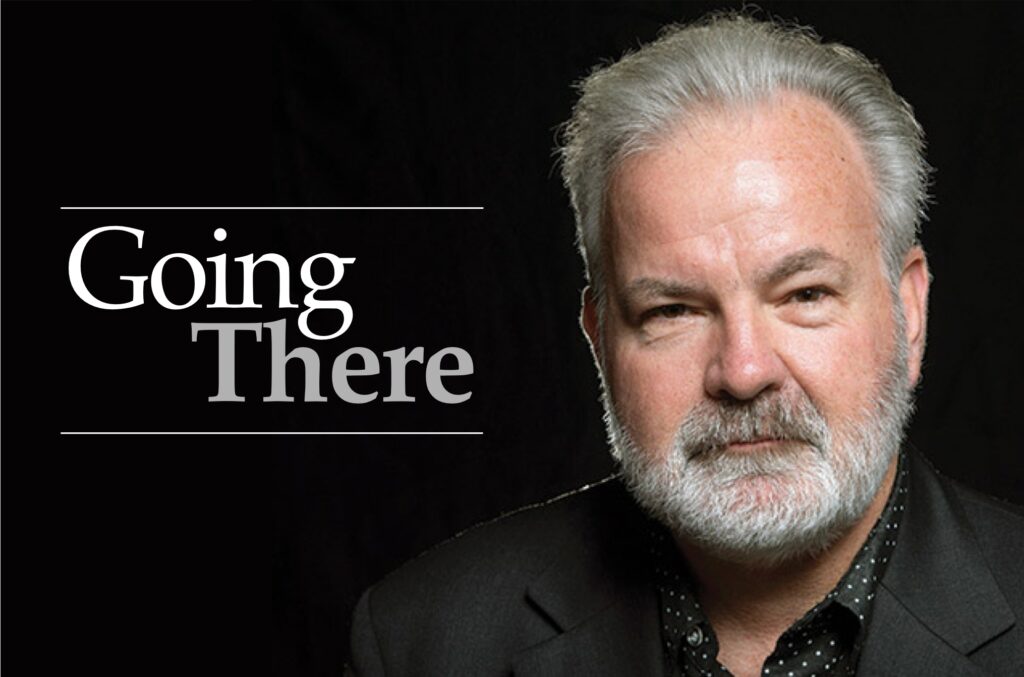2020s: Walking and biking in Claremont
by Mark von Wodtke
Walking and biking offer tremendous freedom and fun, and help keep us fit. In an eco-village, young and old can go where they want without having to wait for a ride in a car.
Motor vehicles contribute to air pollution in the South Coastal Air Basin as well as around the globe. Vehicles congest streets and require considerable space for parking. They are expensive to operate and to park. We rarely consider their true impacts because of hidden subsidies and externalized costs of carbon-based fuels as well as “free” parking.
More people die in motor vehicles each year in the USA than in our military, which engages in never-ending wars that ironically have a lot to do with control over oil needed to fuel vehicles. Clearly, we would be better off if we overcame our obsession with cars. Our health and quality-of-life would improve by getting out of the car and experiencing the joys of walking and biking.
Walking and biking cause considerably less congestion, require less space and reduce emissions. They require no fuel other than good nutrition for human power and can be a wonderful source of pleasure in the right environment.
To visualize the greater freedom of mobility we could enjoy in the 2020’s Claremont eco-village, we only need to look at what’s already happening in other places around the world.
In Amsterdam, bicycles are involved 38 percent of all trips. The Dutch university town of Groningen is even higher at 59 percent. The weather in the Netherlands is typically not as nice as California’s, but the Dutch have a wonderful infrastructure for riding bicycles. My wife and I enjoy touring on bikes in the Netherlands where we ride for about a week each year. There, 80 percent of our biking is on safe and scenic class 1 bike paths.
In Ferrara, Italy, 28 percent of daily transit is done by bicycle. I was there about 10 years ago when, on the front page of the local newspaper, there was an article written by three journalists. One drove a car, one took buses and the other rode a bicycle. They wanted to determine the best form of transportation. They agreed upon a point to start and to do a series of errands. Each logged the time it took, the cost and ease in getting to where they needed to go. The bicycle was the quickest, least expensive and most convenient. From my experience in Claremont, I’m sure the results would be the same here, although it would be interesting to replicate this experiment to verify that.
Claremont could become an eco-village where it is safer to walk and ride every day. Claremont could become like a resort destination where people use public transit to get to where they want to hike or bike. Towns like Whistler, Canada are already doing this. In Val Gardena, Italy, one can get a pass that’s good on 450 ski lifts and all the buses in the region. In the summer, much of this multimodal network is available to hikers and bikers.
Right now about 25 percent of my own mobility in Claremont is by walking or bicycling. My personal goal is to increase that to at least 50 percent by the 2020s.
Join in the fun! Here’s what we could do as a community:
• Support Claremont’s bicycle coordinator, Maria Tipping, who has been effective in using grant funding for safe routes to schools and for bike racks in the Village. If Claremont updated the Bicycle Master Plan Element of our General Plan to make the Village and the new transit stations the hub of the community—to which everyone could safely walk or ride a bike in the 2020s—it would help get more funds for safety projects to integrate more bike paths into our parks and calm residential streets so people could ride to transit.
For example, southeast Claremont could have bike access through parks to where the new Metrolink station will be in the 2020s. Southwest Claremont could have bike access through the Claremont Business Park and a bridge over the railroad tracks connecting Village South to Village West at the Packing House.
• Support efforts to sustain and regenerate our urban forest. Walking and biking are more comfortable under tree canopies that provide shade, shelter and fresh air.
• Support cafés and restaurants that cater to people walking and cycling. Claremont could be an even more attractive destination along the Citrus Regional Bike Route, which more people could use to bike to our Village to shop and eat.
• Support local shops. Already we have a new bike shop—Sunset Cycles in the Packing House—which sells and repairs basic commuting and mountain bikes. We need local shops to maintain our bikes. It would also be nice to have a local shop that supports walkers and hikers.
• Support innovation. By the 2020s there may be folding bikes that are under 15 pounds, making them easier to take in cars and public transit. Imagine taking your bike to uphill destinations and being able to enjoy a downhill ride home. It is also likely that we will see more good eBikes and Segways. Larry Sheetz, the founder of the Claremont Senior Bike Club, told me he was showing an eBike to one of the club members who is over 90 years old, who commented that he might consider using an eBike “when he gets old.”
Walk and bike to remain youthful. New GPS navigation systems and smart phone apps help us find our way and log our routes. Training guides and books like Chi Walking make us more mindful of how to prevent injury and enhance the enjoyment and benefits of physical activity.
• Teach youth bike safety and get kids into the habit of riding. Safe routes to schools can be enhanced by “walking buses” and “bike buses” where young children walk or ride to school in a group with an adult.
• Incentivize people to walk or bike to work by encouraging employers to set up programs for employees offering stipends for not parking or discounts on health insurance. Restaurants and stores could provide discounts to those who come by bike, because they reduce congestion and make more parking available in the Village. Local stores could make deliveries by bike.
In the 2020s, the new transit stations could have elevators to help both pedestrians and cyclists get safely over the tracks. There could be bike lockers for commuters and bike rentals for visitors. Pedi- cabs could be at the station. Like in the Netherlands, people could take bikes on the train for free if they “Fold’n Go.”
I look forward to walking and biking in the Claremont Village in the 2020s. I may be riding a folding eBike by then.








0 Comments